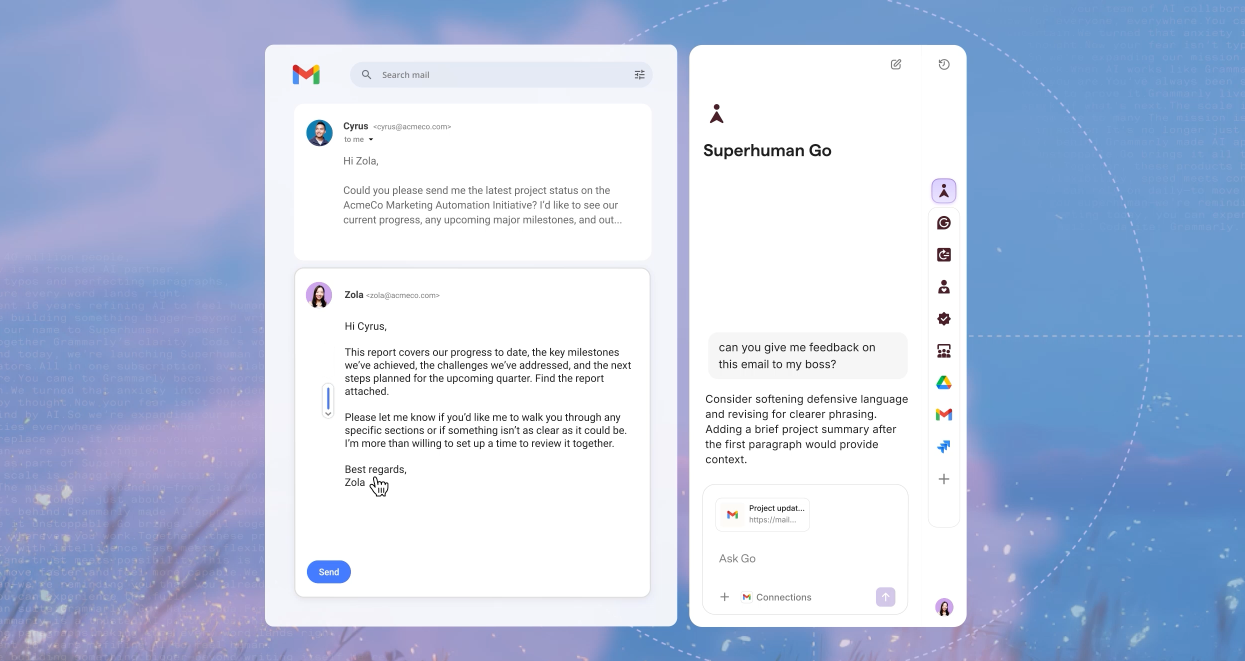DAILY INSIGHT: Solving problems together
By Miguel Guhlin
Any CTO will tell you it's important to have handy answers when others ask questions. The question is, where do you go to find those answers?
Believe it or not, I subscribe to multiple email lists where actual conversations happen. It's one of the reasons I join email lists and online communities, read voraciously, and have created the Texas for Technology Enhanced Education email list.
But what happens after you have a few answers to your questions?
The answers vary depending on your organizational culture. For some, the culture is toxic and stifles conversations before they begin, resulting in a turf war, a race for scarce funding and resources. For others, the culture welcomes conversations and there's a process for raising these questions.
Unfortunately, in either of those two scenarios, it's easy for the information to get lost. Often, technologists have solutions to problems their organization hasn't inquired about, or maybe they've inquired but given little thought to implementation. How do you keep the ideas front and center in everyone's mind, and how do you ensure that they don't become your crusade alone?
This is a tough one. The process I like isn't brain surgery and seldom perfect all the way through. However, I've seen it work time and again, not just for me but others. I've learned that failure to follow this process results in work that will have to be done again and again, and that's frustrating for everyone.
Tools and ideas to transform education. Sign up below.
Here is one imperfect approach as well as some pitfalls and how to avoid them. Please speak up if you know more.
1. Gather together stakeholders who agree that a problem exists that needs resolution.
2. State that the goal of the meeting is to define the problem as clearly as possible, and seek input from as many stakeholders as possible ahead of time.
3. Clarify the problem, forestalling any rush to solutions. Any solutions offered should help clarify the desired features in the solution that will be identified later—not the end all. The goal is to get everyone to flesh out the issues.
4. Your role as meeting facilitator is not to run the process or be the leader or expert. Allow yourself to be the learner, asking questions and honestly seeking perspectives from others.
5. Decide who will facilitate the meetings, set the schedule, and keep track of who-will-do-what-by-when, etc. This is more important than you might imagine. No meeting is effective unless the who-will-do-what-by-when is properly addressed.
6. Encourage people to voice their fears and concerns about the process, the problem, and how it's been framed or set up, as well as the solution finding and implementation process. This is about dialogue and keeping everyone being honest with each other.
7. Always ask, "What is best for the organization, the people who will be affected by this decision?" I have found that this helps keep the focus on the greater good, rather than getting caught up in the small stuff.
Pitfalls to avoid
• Pitfall #1 - Have "side" conversations where team members interpret your listening to them as agreement with their solution. How to avoid this pitfall: Unequivocally state that while this has been a conversation worth having, it will need to occur again with the entire team present. Be sure to point out that you have not made any decisions about the individual's proposed solution at this time.
• Pitfall #2 - Picking a side or solution in advance of the team meeting. This is such an easy one to fall into, I'm not surprised when organizations are already well into implementation before they realize they didn't go through a process to solve a problem. How to avoid this pitfall: Go through the problem-definition process and get as much input as possible, especially from those who will have to implement it.
Those are my thoughts on a Saturday morning as I reflect on the conversations I have. I don't claim to be perfect...in fact, the reason I have to spend time reflecting on how I communicate is because I'm not very good at it. To me, that kind of transparency and focus on being a learner pays off because it re-acquaints me with humility of my imperfection.
Miguel Guhlin is director of technology for a 5A school district in Texas and past president of the statewide TCEA Technology Education Coordinators group. This blog is cross posted at Around the Corner.
